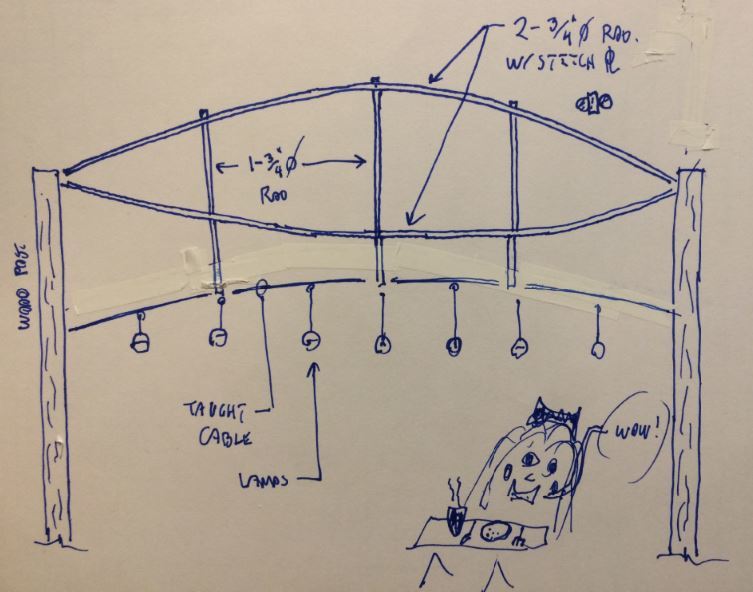Civ-StructEIT
Civil/Environmental
- Aug 25, 2016
- 25
I just got tasked with looking over and reviewing a patio design from a Landscape Architect. It is a pretty simple setup, where there are 4 6x6 timber posts (10.5' high) spaced 20.5' x 23.5'. There is no roofing for this patio, but the architect is proposing 1/2" steel tie rods connecting to each of the timber posts at 9.5'. The tie rods would then be supporting various light fixtures. This seems sketchy to me, but I wanted to check to see if this is something anyone else has seen and worked well before, or if there was a good alternative to look at. Thanks!

